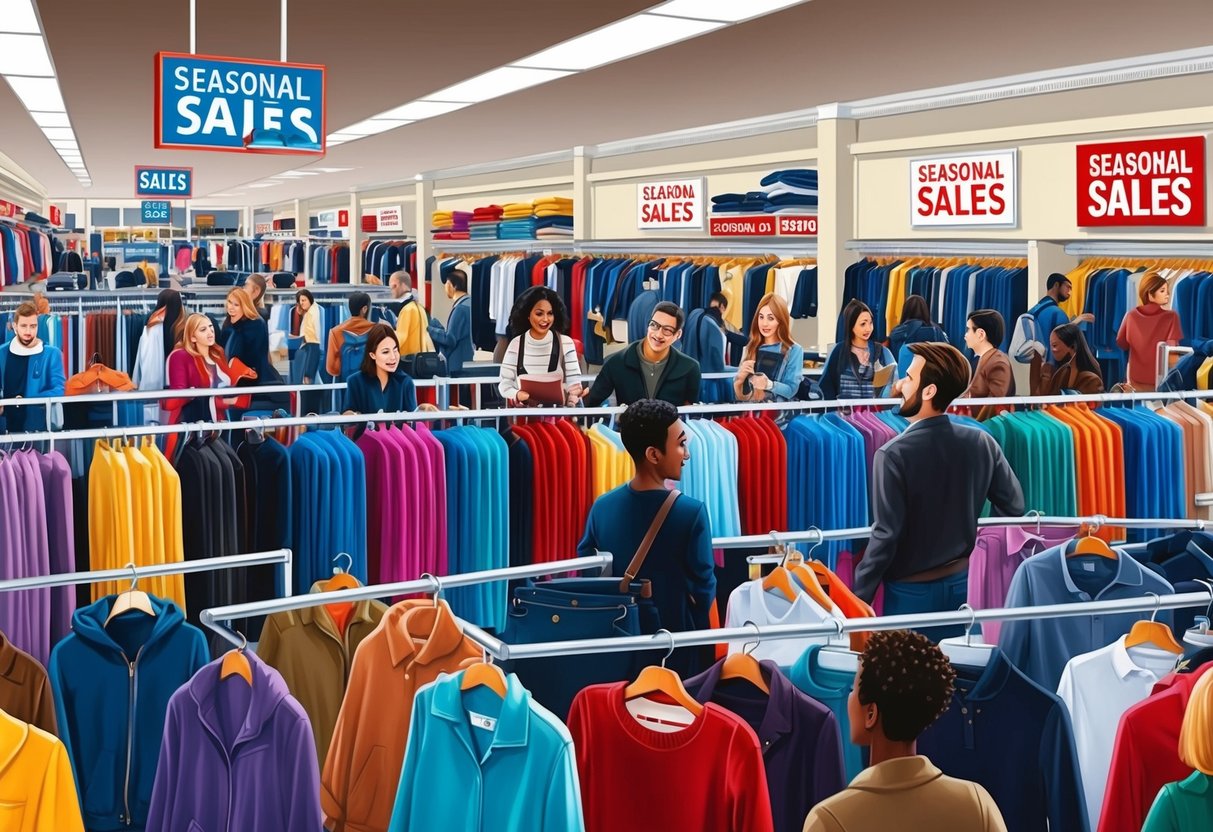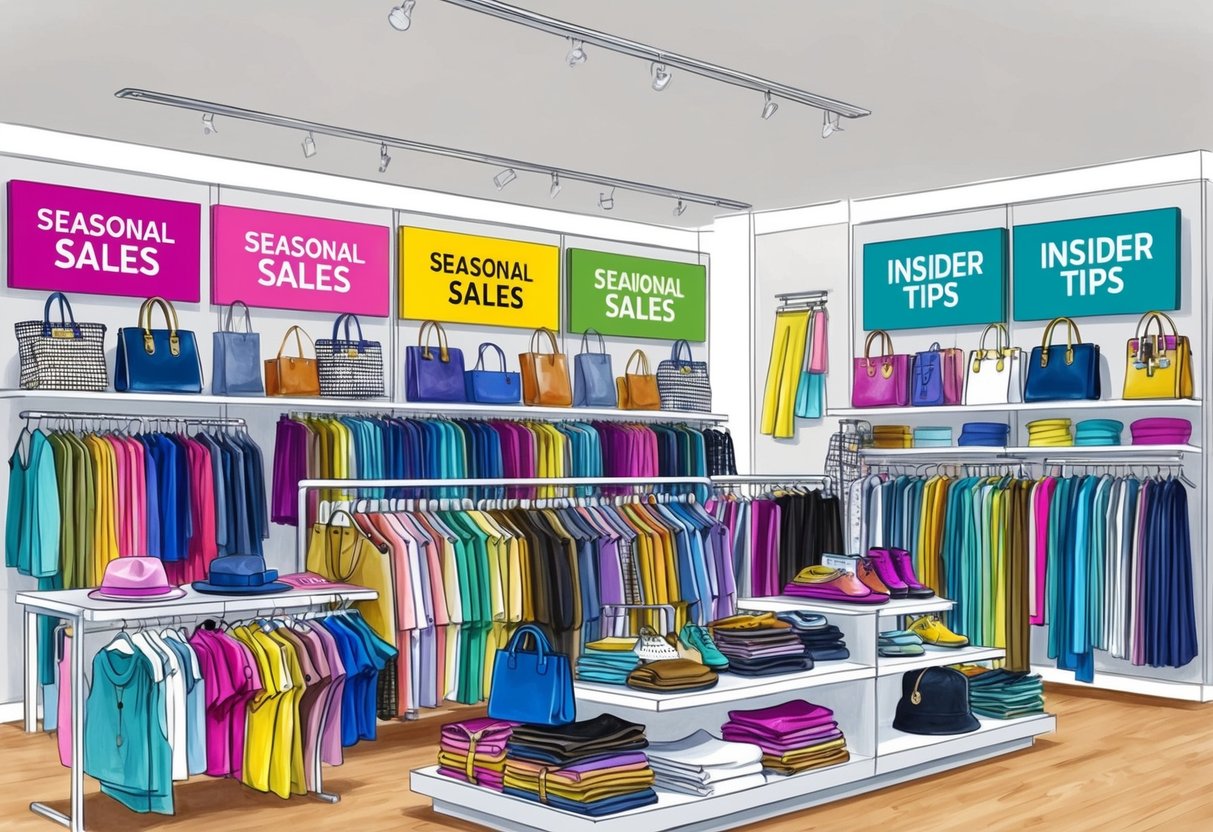
Analyzing Shopping Behavior and Improving Your Experience

Understanding how brands use content measurement and audience research helps shoppers make strategic decisions. These insights reveal how personal data shapes marketing and how research into buying patterns can improve each individual’s shopping journey.
Content Measurement and Personal Data
Brands use content measurement tools to track how shoppers interact with websites, mobile apps, and social media. This includes page views, click-through rates, and time spent on product pages.
These metrics help retailers refine promotions and highlight trends so buyers see timely, relevant offers. Personal data—such as browsing history or purchase frequency—lets brands personalize recommendations.
For example, a shopper who frequently browses outerwear is likely to receive notifications about upcoming coat sales or winter promotions. This use of data aims to match consumers with the most relevant deals.
Buyers should always review privacy settings and opt-in preferences if they want to control what data gets shared. Adjusting privacy controls or choosing stores with clear data policies helps keep personal information confidential while still maximizing promotional benefits.
For more detail on how personal data shapes sales, see these tips on shopping behavior analysis.
Audience Research Insights
Audience research analyzes group demographics, past purchasing habits, and shopping motivations. Retailers use these findings to segment shoppers and predict demand.
This ensures the most popular sizes, colors, and styles are stocked during seasonal sales events. For instance, if many customers search for a certain type of sneaker, brands may highlight it as a top sale pick.
This feedback loop between shoppers and retailers increases the chances of finding attractive discounts on in-demand items. Smart shoppers stay alert to newsletters, social media trends, and pre-sale surveys sent by brands.
By participating, they can influence which products get featured and possibly get early access to promotions. Learn more about how audience research informs future collections from this guide on fashion market research.
Frequently Asked Questions

What are the best strategies for identifying the start of seasonal sales in fashion retail?
Retailers usually begin seasonal sales at predictable times, such as at the end of major holidays, at the close of each fashion season, or alongside store anniversaries. Signing up for store newsletters and following brands on social media are reliable ways to get advanced notice on sale launch dates.
Monitoring official retailer websites also ensures access to updates about special events and early-bird previews.
How can shoppers effectively track discounts and deals on their favorite clothing brands?
Email alerts and app notifications are practical for staying updated on the latest discounts and flash sales. Many shoppers use wish lists or shopping apps to organize desired items and track price drops automatically.
Following fashion retailers’ social media accounts and regularly checking deal aggregator websites can provide instant access to limited-time offers on popular brands.
What are the key indicators that an item of clothing will go on sale soon?
Items frequently go on sale just before new collections are released or when similar styles are heavily promoted. Slow-moving inventory, large stock availability, and repeated restocking of an item can be signals that markdowns are likely.
Retailers also often discount clothing at the end of the season or when sizes and color selections start to dwindle.
Can you suggest tips for combining coupons or promotions to maximize savings during seasonal sales?
Reading the fine print for coupons and stacking options can help maximize savings. Some stores allow the use of promo codes alongside loyalty rewards or bundled offers, so it pays to check store policies.
Using price comparison tools and waiting for extra discount days, such as “Friends and Family” or additional percentage-off promotions, can further reduce costs.
What’s the best way to prioritise purchases during large sale events to ensure getting the most desired items?
Creating a shopping list in advance helps maintain focus and prevents impulse buys. Shoppers should target high-demand or limited-stock items first, because these tend to sell out quickly during major sales.
Shopping early in the event and having account and payment details ready can increase the chances of securing the most popular fashion finds. For more tips, see these pro strategies for seasonal shopping.
How important is it to be familiar with a store’s return policy when buying during seasonal sales?
Return policies may change or be restricted during clearance and sale events. It is critical for shoppers to review terms before purchase.
Understanding return windows and whether refunds come as store credit or original payment can help avoid costly mistakes. Always check if final sale items are non-returnable before completing a transaction.



